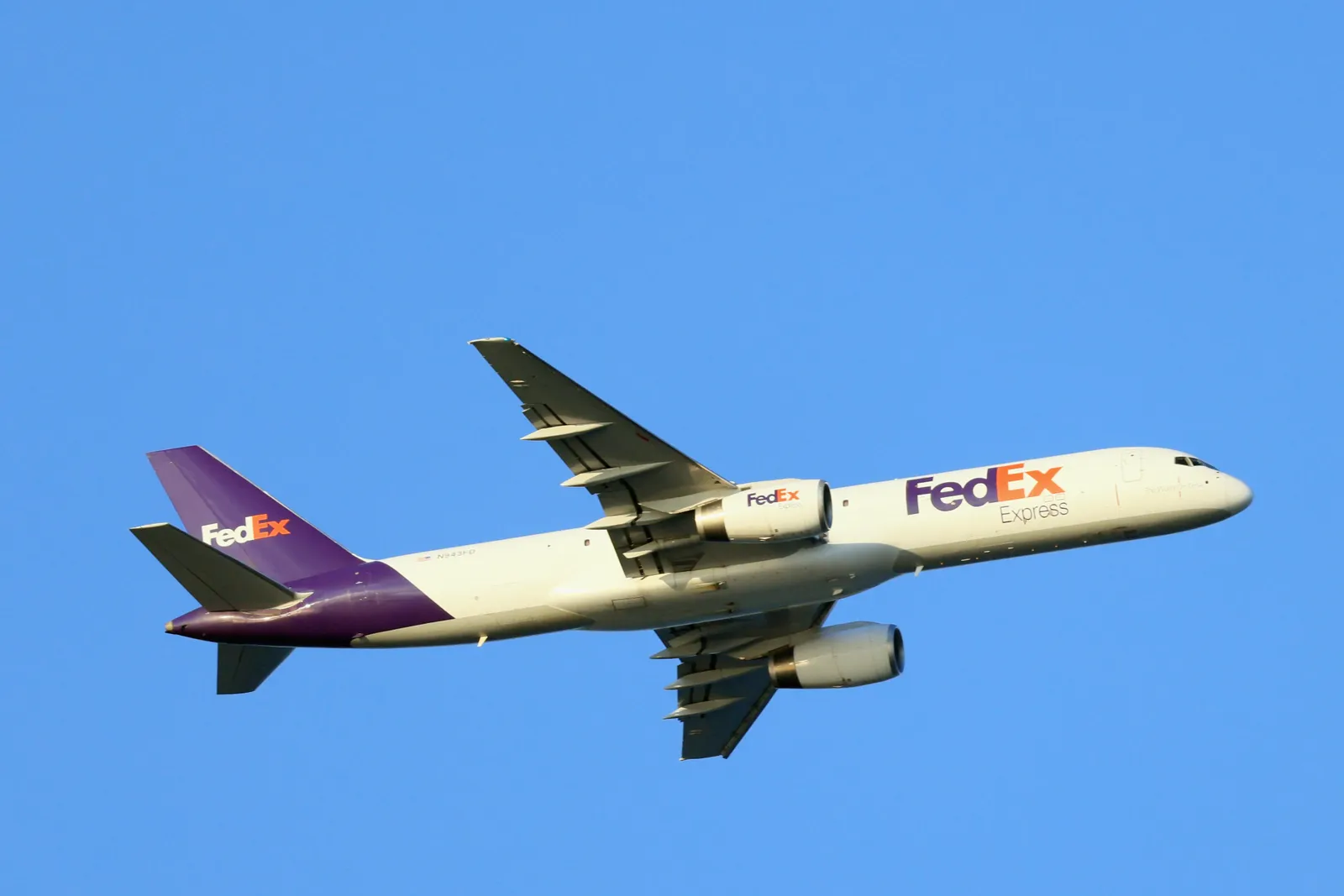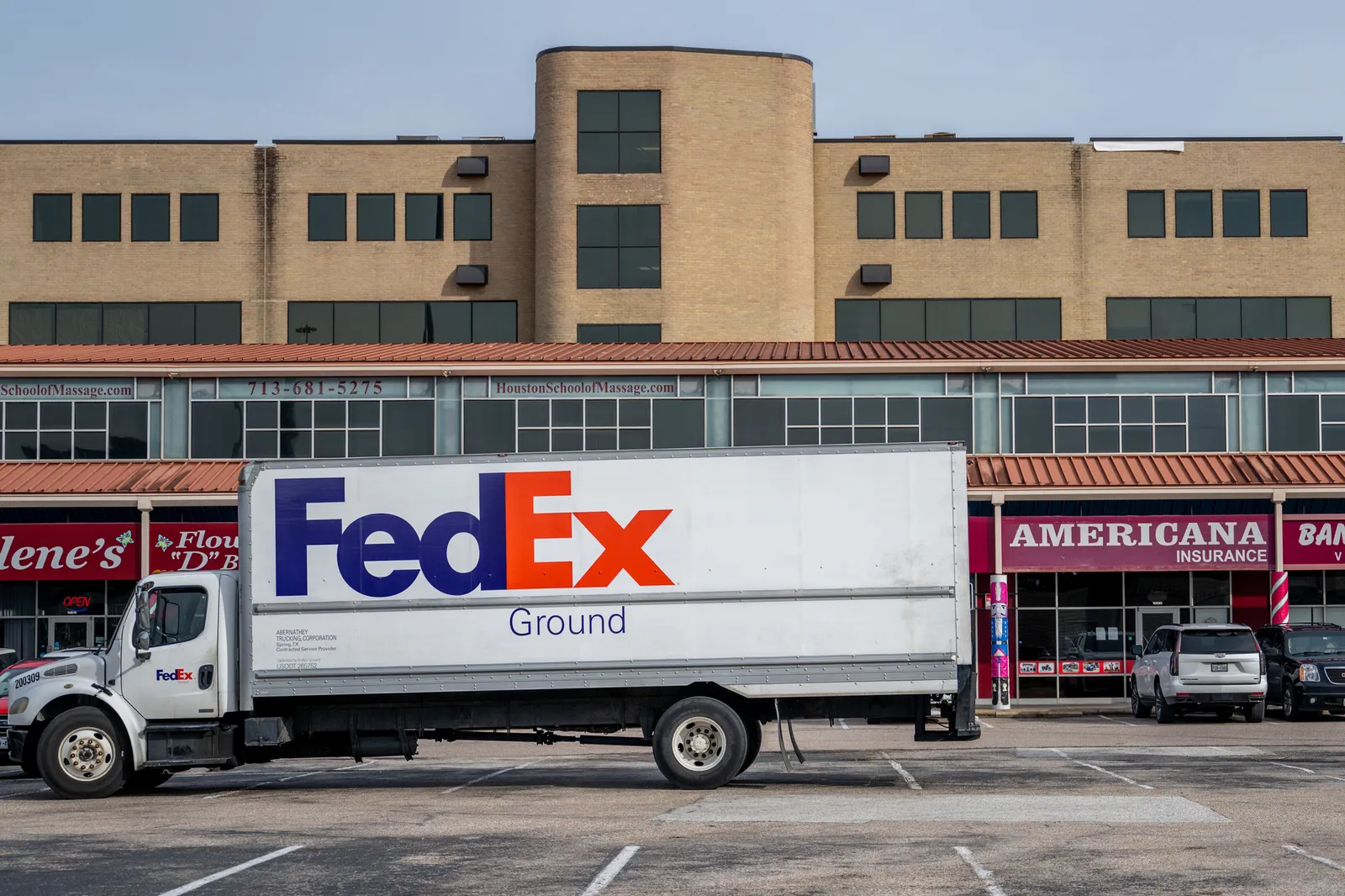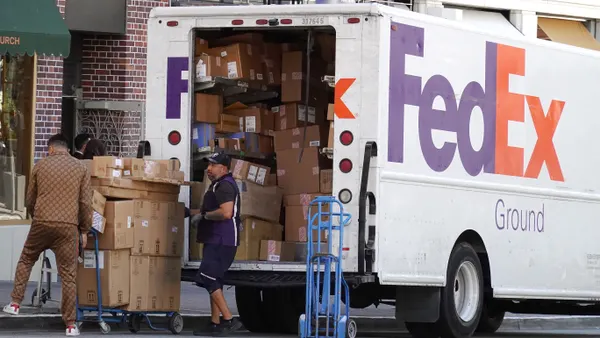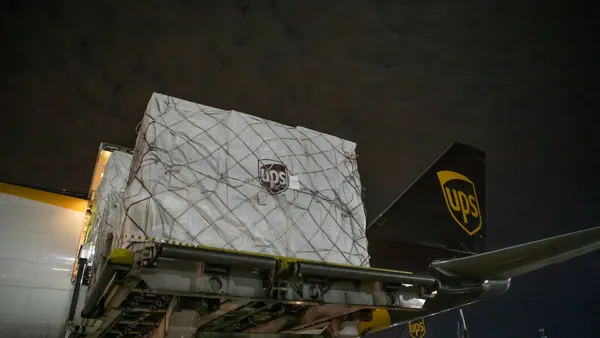FedEx's plan to fully combine its Express and Ground networks adds new complexities to its long-term operational overhaul, but experts say the upsides of the plan are likely to prove worthy of the challenges.
Today, FedEx Express and Ground have distinct focuses at their parent company. Express delivers time-sensitive packages via its own employees and aircraft fleet. Ground, meanwhile, delivers less urgent packages in the U.S. and Canada by way of independent contractors who employ their own drivers.
Those operational silos will crumble by June 2024, opening the door for $6 billion in savings through the company's "DRIVE" and "Network 2.0" programs. Execution barriers related to DRIVE contributed to FedEx's decision to consolidate Ground, Express and other organizations into one unit, FedEx EVP and Chief Transformation Officer Sriram Krishnasamy said during an investor presentation Wednesday.
"We are making it organizationally and execution-wise more effective [and] more easy to create, manage and execute this process," Krishnasamy said.
A smooth consolidation process could allow FedEx to more effectively challenge the already integrated UPS and regain its footing in an increasingly competitive U.S. parcel market. However, FedEx's transformation also raises questions about how the change will impact its network capacity, labor classifications of Express and Ground workers and downstream customers.
Combining Express, Ground adds to DRIVE hurdles
While combining companies and cutting costs sounds promising, executing all these measures successfully will likely be very difficult, Anthony DeRuijter, senior analyst at global research firm Third Bridge, said in emailed remarks. Some of FedEx’s top hurdles could include:
- FedEx executing its plan to reduce its Express air cargo capacity further without running the risk of losing landing rights and air slots, which would disrupt volume flows.
- Streamlining its network operations introduces concerns about how much FedEx could benefit from a potential strike at UPS. "Our experts think [FedEx] could take 6-10% of UPS' business under these conditions, but how will they do it if they don't have the network capacity?" DeRuijter said.
- The sheer scale of DRIVE, with hundreds of different initiatives underway, could spur competition within FedEx at a time when it’s bringing companies together. Its approach "sounds like segmentation, with the potential for internal teams to compete for resources, which doesn't sound like integration,” he added.

Executives expressed confidence in the company's transformation plan at Wednesday's presentation. Critical key performance indicators FedEx is using to evaluate DRIVE’s success include its impact on service levels, net promoter score and profitability and growth by segment, Krishnasamy said. Additionally, new cloud-based visibility tools make the overhaul more manageable and allow company leaders to more easily track progress, the executive noted.
Labor laws mix as FedEx plans 'hybrid model'
Experts have also raised concerns about how the overhaul will impact the classification of FedEx Express and Ground employees under U.S. labor laws.
U.S. Express employees are covered under the Railway Labor Act, while non-Express workers fall under the National Labor Relations Act. The RLA has a much higher bar for organizing a labor union, and UPS has argued in the past that Express delivery drivers should fall under the NLRA like its unionized drivers do.
In response to an analyst question Wednesday about how combining the two networks would affect employees’ status, FedEx President and CEO Raj Subramaniam said the company has "taken every consideration into account" as it develops its plans. He added that FedEx is planning to deploy a "hybrid model" of Ground contracted service providers and Express employees to make deliveries.

However, combining the two labor forces also introduces complexities that Ground contractors will have to consider for their day-to-day operations.
Delivery providers must ensure their drivers factor in any time-sensitive Express volume that could be introduced to their routes, said Jesse Smith, director of operations training at the Ground contractor consultancy Route Consultant, during a webinar.
Currently, contractors who deliver less urgent home-bound parcels may let drivers begin their routes whenever they're able, whether it's 8 a.m. or 11 a.m. Such flexibility could pose issues with FedEx services like Priority Overnight.
"It's going to change the culture of your team a little bit to make sure that these Express deliveries are getting service," Smith said.
Express-Ground combo poised to help shippers
For FedEx customers, the operational shakeup could introduce some benefits.
Those using both Express and Ground will no longer have to worry about juggling separate pickups or contract terms, ShipScience founder and CEO Anthony Robinson said. Such issues were ones UPS had often leveraged as sales tactics to draw customers from its rival, selling them on a more simplistic operating and contract model.
"For the pickup, the delivery and then the contract side, it is more work for the customer to manage FedEx than it is for them to manage their relationship with UPS," Robinson said.
Although the days of split networks with multiple pickups are coming to an end, customers should still keep an eye on any impacts to transit times, as FedEx ends "direct pulls" to Express- or Ground-specific facilities, Matt Sumowski, team lead for client success at Shipware, said in an email.
Experts don't foresee any noticeable changes to shipping rates due to the consolidation. Since FedEx expects to realize billions of dollars in savings from its transformation efforts, "the market would hope they continue to be aggressive in their overall pricing approach,” Sumowski said. However, in terms of FedEx's pricing structure, customers should see little change.
"Costs will change, discount offerings will change, but the overall model of earned discount tiers, with weight-based incentives, should hold true," Sumowski said.














